Introduction to Shutter Speed in Photography
Photography is an art form where the technical meets the creative, a space where a single fraction of a second can transform the ordinary into the extraordinary. It’s in this split-second that shutter speed becomes the artist’s brush, the scientist’s scale, and the storyteller’s voice. I’m David Maiolo, and as a photographer who has journeyed from the bustling streets of Asia to the mysterious expanses of North Korea, I’ve learned that understanding shutter speed is not just about capturing an image, but about capturing a moment with precision and intent.
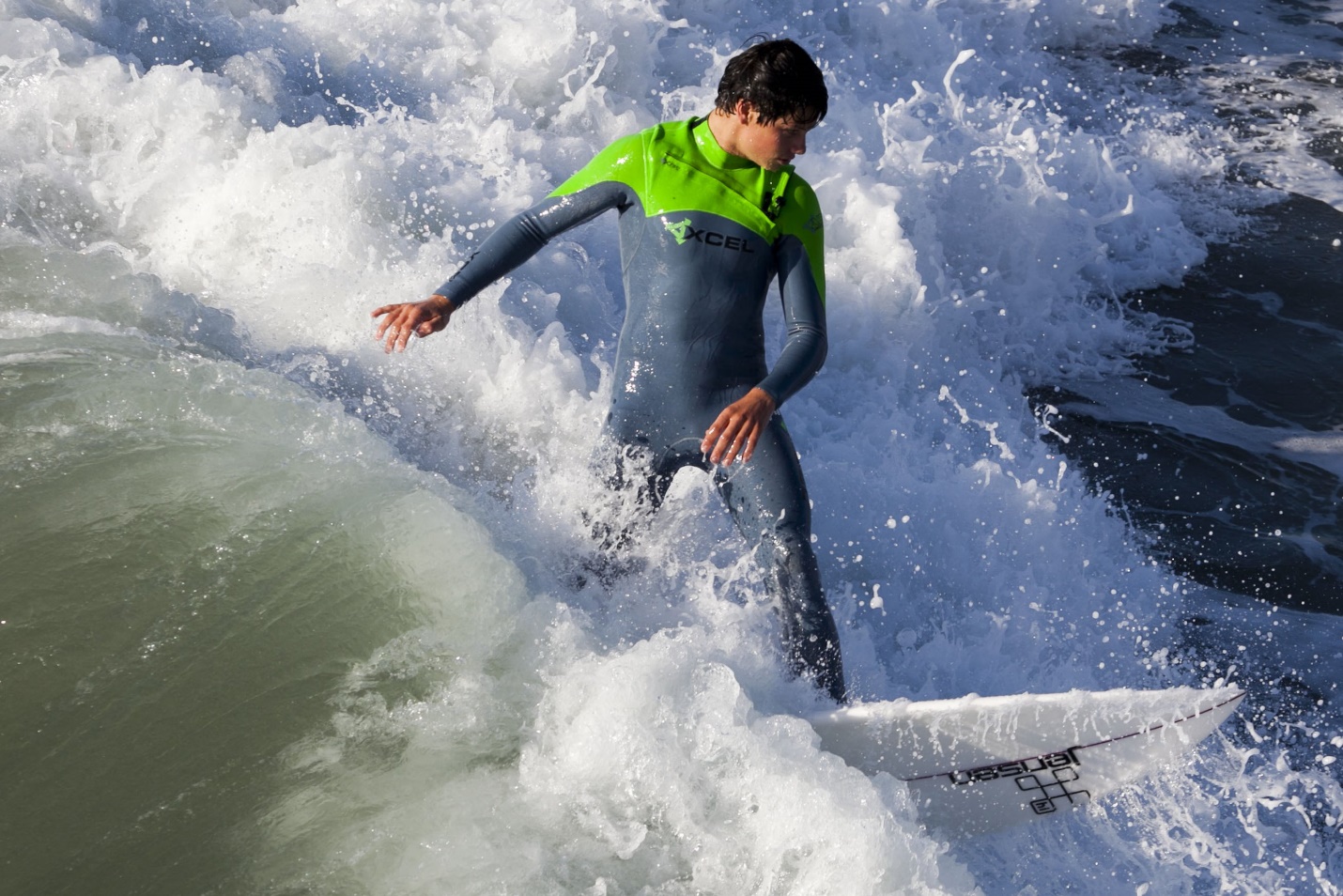
Shutter speed is one of the three pillars of photography, alongside aperture and ISO. These components form the exposure triangle, a fundamental concept that balances the light entering the camera to create an image. But shutter speed is unique; it’s the timekeeper of photography, dictating the duration your camera’s sensor is exposed to light. It’s the difference between the sharp stillness of a frozen wave and the silky motion of a flowing waterfall.
This article promises to delve deep into the realm of shutter speed. With an educational roadmap that spans from basic definitions to complex scenarios, we’ll explore how this critical setting shapes the visual narratives we create. Whether you’re stepping into photography with a fresh eye or looking to refine your skills, this guide aims to illuminate the path.
As a professional photographer and an enthusiast of the cosmos through astrophotography, I’ve coupled Canon cameras with telescopes to capture the universe, and I’ve wielded my camera in over a hundred countries, capturing everything from government functions to personal travel memories. My journey has been complemented by a strong background in artificial intelligence and IT consulting, where I’ve helped architect cloud solutions worldwide. This diverse experience has gifted me a unique perspective on the convergence of photography, technology, and art.
Join me in this comprehensive exploration of shutter speed, where we’ll unlock the potential of your camera to not just take pictures, but to tell stories that resonate. Let’s begin this journey of discovery, frame by frame, second by second.
Shutter Speed Defined
Shutter speed is a crucial component in the exposure triangle of photography, which also includes aperture and ISO. It refers to the duration of time when the digital sensor inside the camera is exposed to light. When you press the shutter button on your camera, a small curtain inside the camera body opens and allows light to enter and hit the sensor, which then captures the image. The speed at which this curtain opens and closes is the shutter speed, and it’s measured in seconds or more commonly, fractions of a second (e.g., 1/60, 1/250, or 1/1000).
The Power of Time: The essence of shutter speed is control over time. A fast shutter speed (e.g., 1/1000) can freeze a fleeting moment, capturing it with crystal-clear precision. Conversely, a slow shutter speed (e.g., 1 second) allows more light to hit the sensor over a longer period, which can blur motion, such as the flow of water or the movement of stars across the night sky.
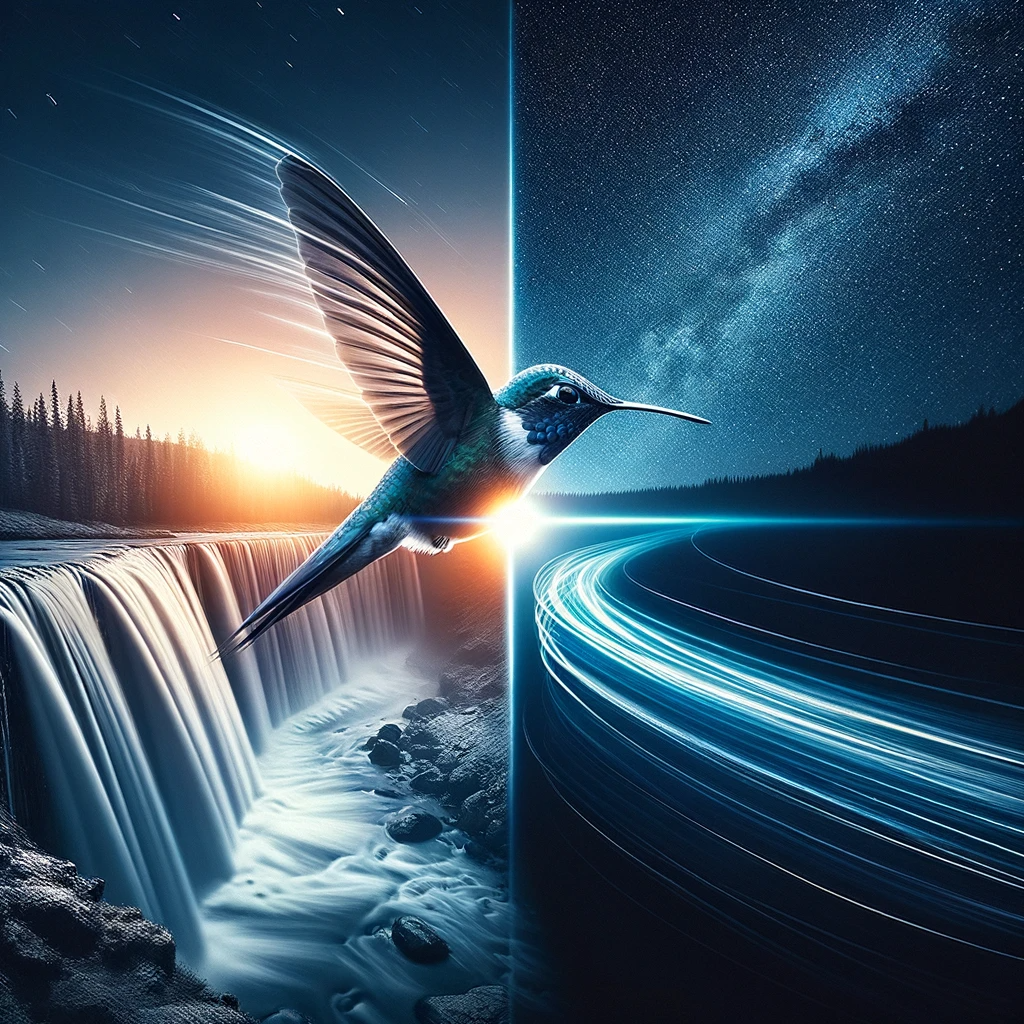
The shutter speed you select can profoundly affect the aesthetic of your photograph. Fast shutter speeds are essential for sharp images in action photography, where you want to freeze the subject in motion. Slow shutter speeds are often used creatively to depict motion, such as blurring the cars on a busy street to convey the sense of speed and activity.
Visualizing the Shutter: Imagine the camera’s shutter as a window blind. When you press the shutter release button, the blind quickly rolls up and then down, allowing light to pass through to the room (sensor) for a brief moment. The speed at which the blind rolls up and down is akin to the camera’s shutter speed.
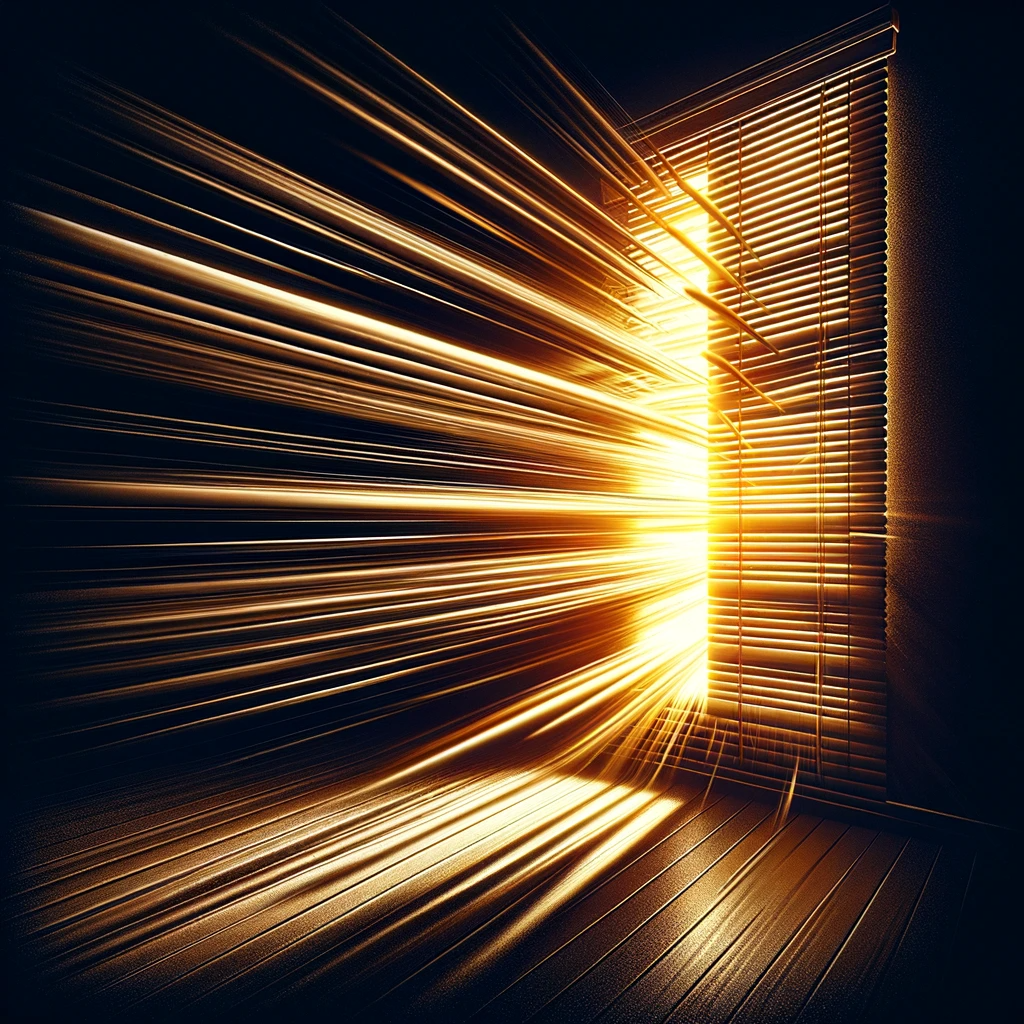
Visualize it Yourself: For a simple diagram, draw a box representing the camera body. Inside the box, draw two overlapping curtains that run horizontally across the box. These curtains represent the camera’s shutter. When the shutter button is pressed, the first curtain moves up to reveal the sensor behind it, allowing light to enter. After the set duration, the second curtain follows, covering the sensor and stopping the exposure. The distance between the two curtains during movement represents the opening through which light passes, and the speed of their movement correlates with the shutter speed.
In practice, the actual mechanism of a camera’s shutter can be more complex, involving mirror movements in DSLRs or electronic shutters in mirrorless cameras, but the fundamental concept of controlling the duration of light exposure remains the same.
In photography, mastery of shutter speed means mastering time itself—knowing when to slice a second to freeze it or when to let it stretch to convey motion and life. Whether you are capturing the static beauty of a landscape or the dynamic action of sports, understanding and controlling shutter speed is key to translating your vision into the photograph.
How Shutter Speed is Measured
- Shutter speed is typically measured in seconds or more often, fractions of a second (e.g., 1/4, 1/30, 1/250, 1/1000).
- Longer exposures are measured in full seconds (e.g., 1″, 2″, 15″) or in minutes for very long exposures used in certain types of photography, like astrophotography.
- The larger the denominator, the faster the shutter speed (1/1000 is much faster than 1/30).
- Some cameras offer Bulb mode, where the shutter stays open as long as the shutter button is pressed, allowing for exposure times determined by the photographer, beyond standard settings.
Shutter Speed and Exposure
| Shutter Speed | Exposure Level | Visual Representation |
|---|---|---|
| 1/4000 | Very Fast | ★☆☆☆☆ |
| 1/1000 | Fast | ★★☆☆☆ |
| 1/250 | Moderate | ★★★☆☆ |
| 1/60 | Slow | ★★★★☆ |
| 1″ | Very Slow | ★★★★★ |
Note: The stars indicate relative exposure levels, with more stars showing a higher amount of light entering the camera, leading to a potential overexposure if not compensated with other settings.
Fast, Slow, and Long Shutter Speeds
- A photo with a shutter speed of 1/1000 might show a bird in flight with every feather sharply defined.
- At 1/60, the same bird would have a slight blur in its wings, conveying a sense of movement.
- At 1″, the bird would be a blur of motion, perhaps unrecognizable, against a still background.
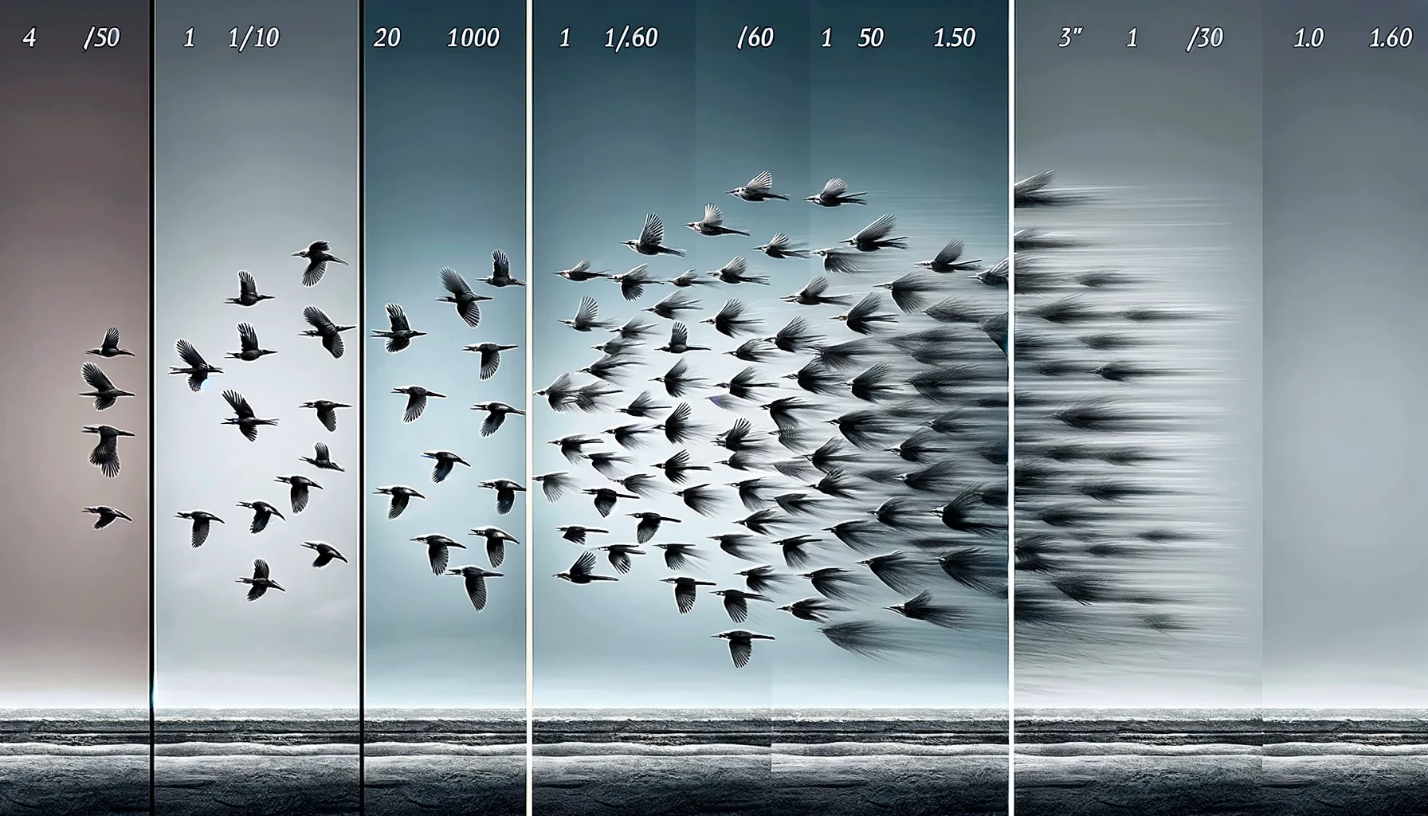
How to Set Shutter Speed
- Turn your camera on and switch to either Manual (M) mode, Shutter Priority (Tv or S) mode, or Bulb (B) mode if available.
- In Manual mode, use the dial (often near the shutter button) to adjust the shutter speed. You’ll typically see the numbers change in the viewfinder or on the LCD screen.
- In Shutter Priority mode, you select the shutter speed, and the camera automatically selects the aperture.
- For Bulb mode, often used for long exposures, you’ll press the shutter button once to open the shutter and again to close it.
Decision Tree for Setting Shutter Speed
- Is it bright daylight? → Use a fast shutter speed (1/500 or faster).
- Is it an overcast day? → Start with a medium shutter speed (1/60 – 1/250).
- Are you in a low light situation or capturing motion? → Use a slow shutter speed (1″ or longer) with a tripod.
How to Find Shutter Speed
- Look through the viewfinder or at your camera’s LCD screen; shutter speed is usually displayed at the bottom or side and is indicated by a fraction or a whole number with a quotation mark (for seconds).
- On DSLRs, it’s often on the top LCD panel as well.
- For mirrorless or compact cameras, it may only be displayed on the screen or in the electronic viewfinder.
- Access your camera’s menu and navigate to the ‘Shutter Speed’ settings if it’s not displayed in the default view.
Recommended Shutter Speed Settings:
| Scenario | Recommended Shutter Speed | Pro Tip |
|---|---|---|
| Sports | 1/500 to 1/2000 | Use the fastest shutter speed to freeze action, especially for fast-moving sports like racing. |
| Portraits | 1/60 to 1/200 | Avoid going below 1/60 to prevent motion blur caused by subject movement or hand shake. |
| Landscapes | 1/60 to 1/125 | Use a tripod for slower shutter speeds to capture more detail and dynamic range. |
| Wildlife | 1/500 to 1/2000 | Be ready to adjust quickly for sudden movement; faster speeds are better for capturing animals in motion. |
| Night Photography | 1″ to 30″ or longer | Use a remote shutter release to prevent camera shake during long exposures. |
| Street Photography | 1/125 to 1/500 | A moderate speed captures the flow of the street while still freezing individual subjects. |
| Waterfalls and Streams | 1/8 to 2″ | Slow shutter speeds create a smooth, silky effect on moving water. |
Shutter Speed and Image Quality
The relationship between shutter speed and image quality is pivotal. Fast shutter speeds are essential for sharp, freeze-frame images, where the intent is to capture every detail without any blur. Slow shutter speeds allow for the artistic blurring of motion, such as in waterfall photography or light trails in night scenes.
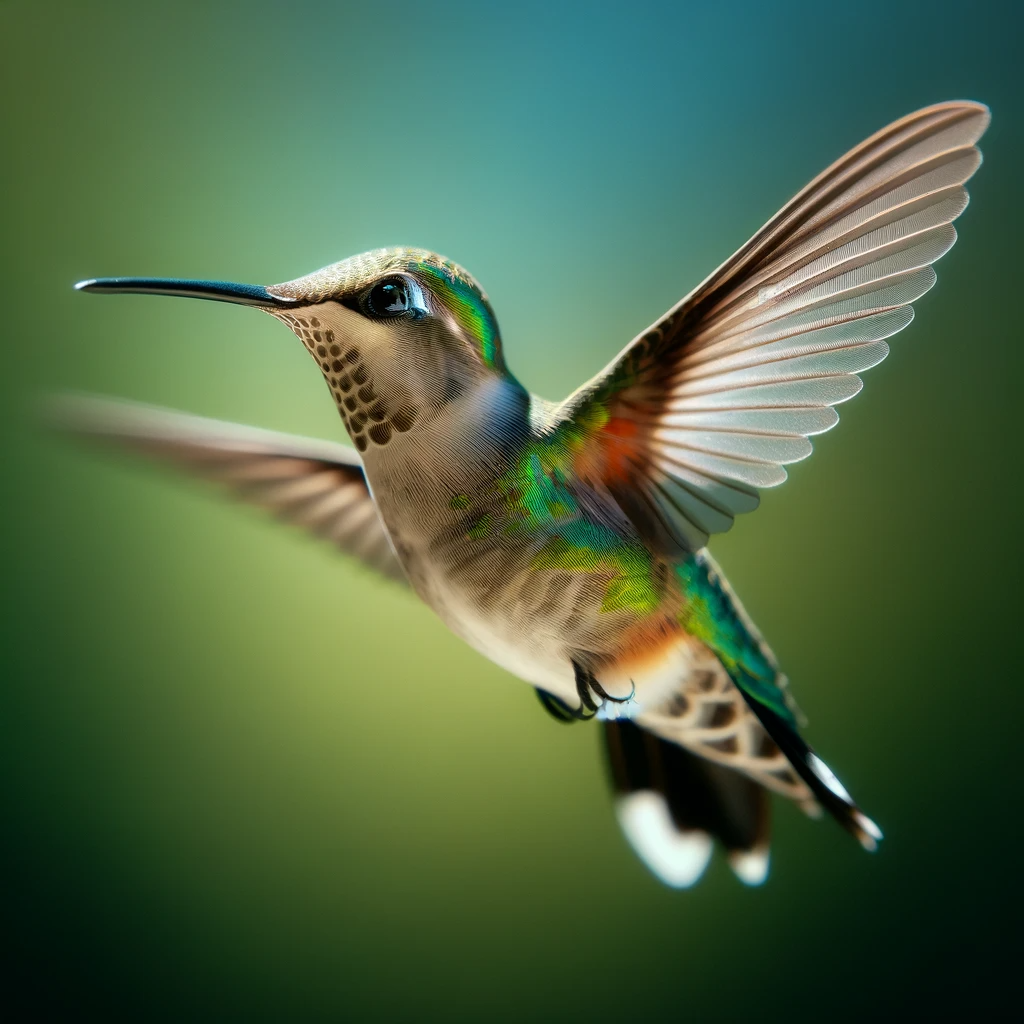 A crisp, clear photo of a hummingbird mid-flight at 1/2000.
A crisp, clear photo of a hummingbird mid-flight at 1/2000.
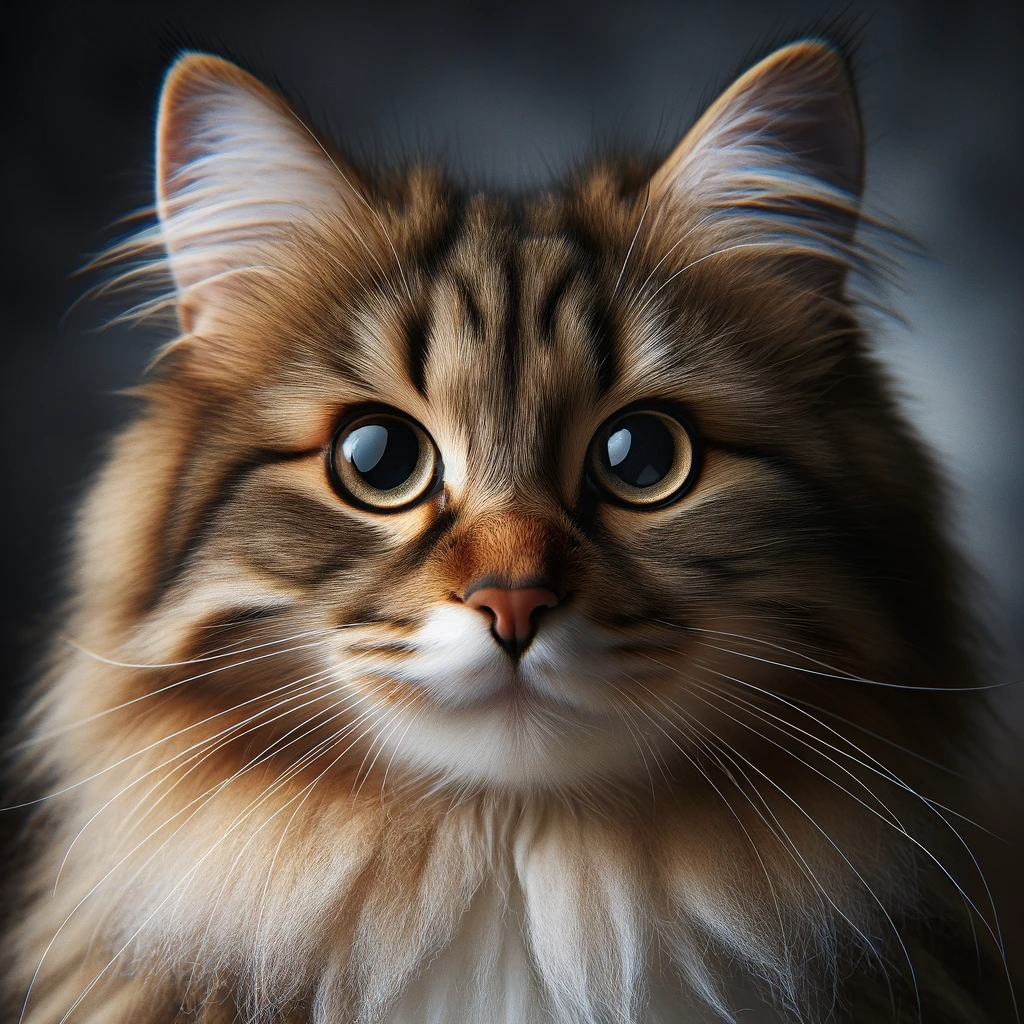
A portrait with a perfectly frozen cat at 1/125.
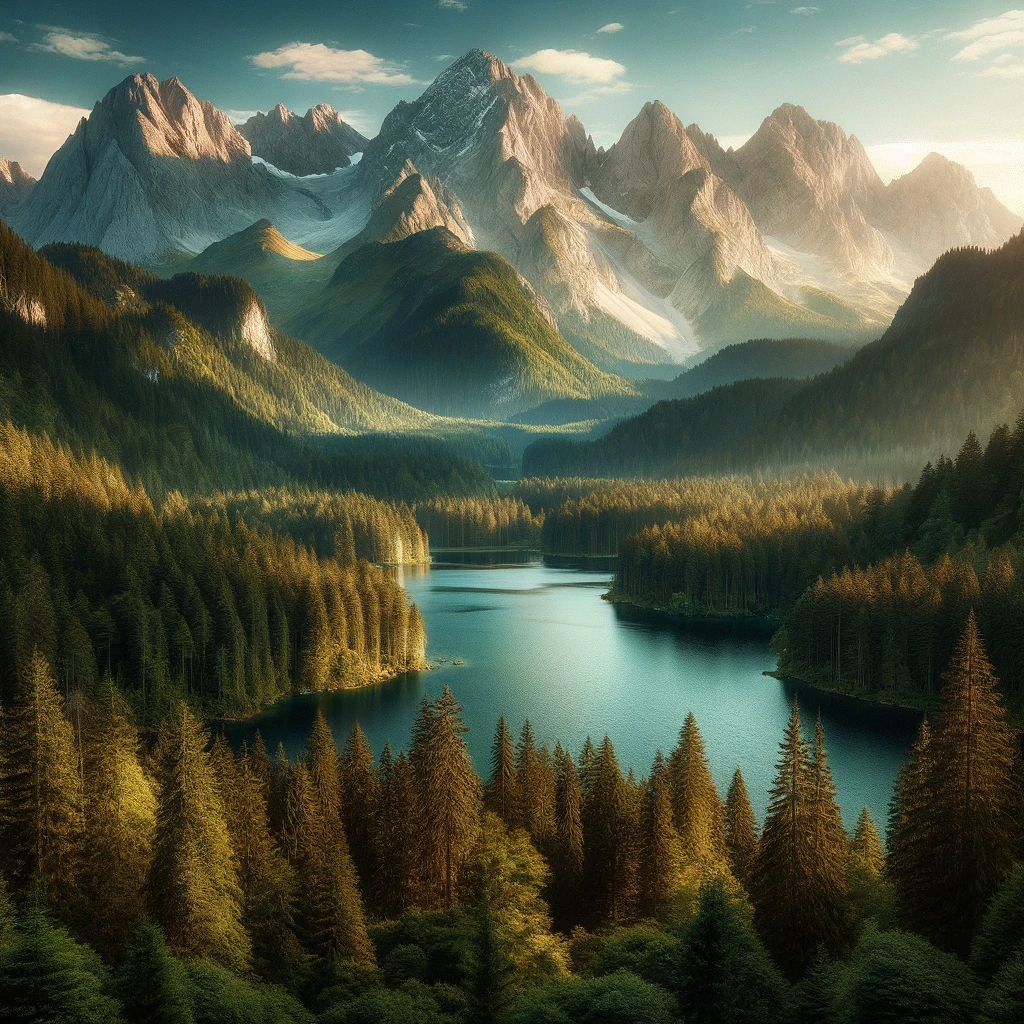
A landscape with rich detail and no motion blur at 1/80, taken with a tripod.
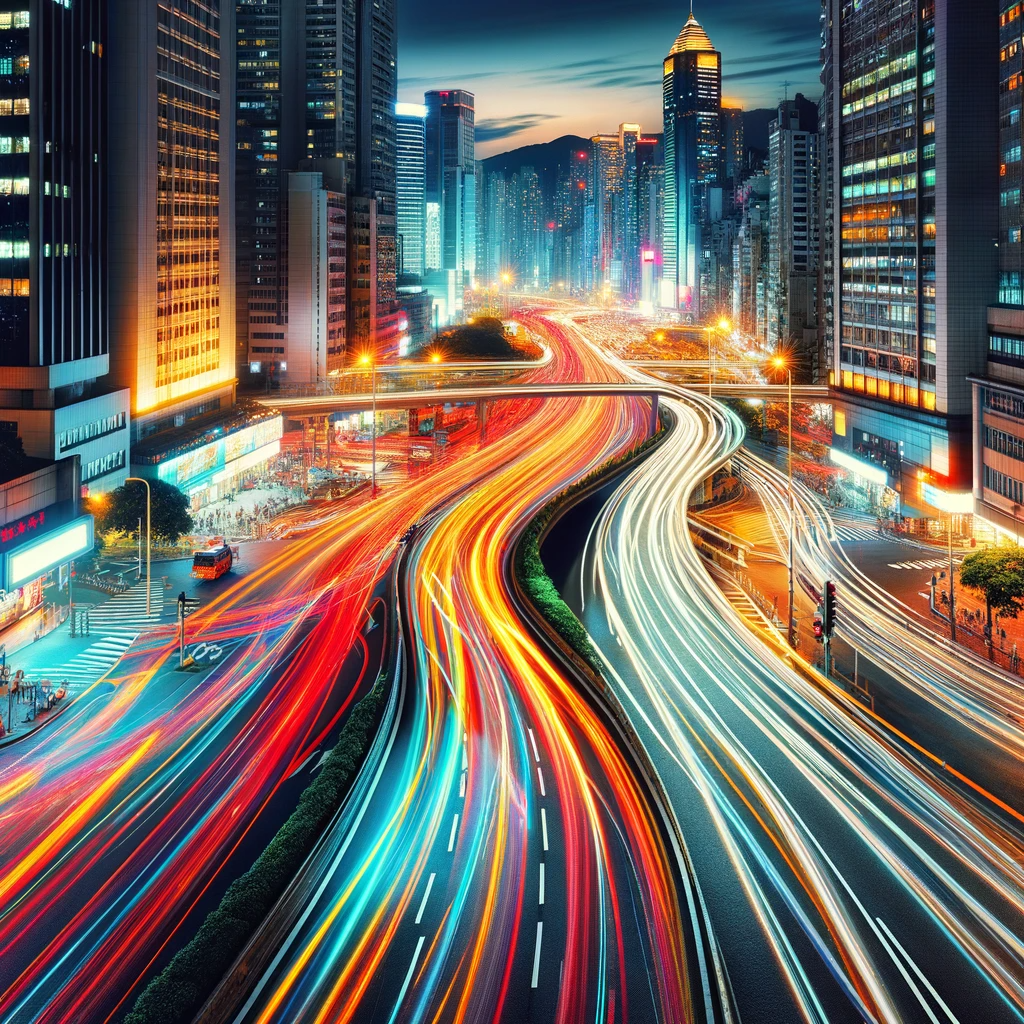
Slowest shutter for motion blur
There are interplays between shutter speed, ISO, and aperture. For instance:
- Increase ISO, you can use faster shutter speeds, but may increase noise.
- Slowing shutter speed allows for a lower ISO, improving image quality but requiring more stability (like using a tripod).
- Adjusting the aperture in tandem with shutter speed to control depth of field while maintaining exposure.
Shutter Speed FAQ
Q: What is the best shutter speed for low light? Z
A: In low light, use the slowest shutter speed you can without causing blur from camera shake or subject movement. This could be 1/60 or longer with a tripod.
Q: How does shutter speed affect exposure?
A: Shutter speed controls the duration of light hitting the sensor, affecting the brightness of your photo.
Q: Can I use slow shutter speeds without a tripod?
A: It’s challenging; stabilization technology or high ISO settings can help but using a tripod is recommended for slow shutter speeds.
Conclusion
Shutter speed is a vital tool in the photographer’s kit, offering the power to freeze a moment in time or to convey motion and the passage of time. It’s a component that demands both creative and technical consideration, impacting the image’s exposure, clarity, and overall narrative.
Whether you are a beginner learning to balance the exposure triangle or an experienced photographer experimenting with long exposures, the mastery of shutter speed is a journey of continuous learning. It’s an invitation to play with time, to become a visual storyteller, and to push the boundaries of what your camera can capture.
I encourage you to take your camera, experiment with different shutter speeds, and observe the results. Photography is as much about technique as it is about experimentation. So, venture out and let the world be your canvas as you paint with light and time.
For those keen to dive deeper, consider further educational resources, online courses, or workshops. Photography is a lifelong learning process, and understanding the nuances of shutter speed is just the beginning of crafting compelling imagery.
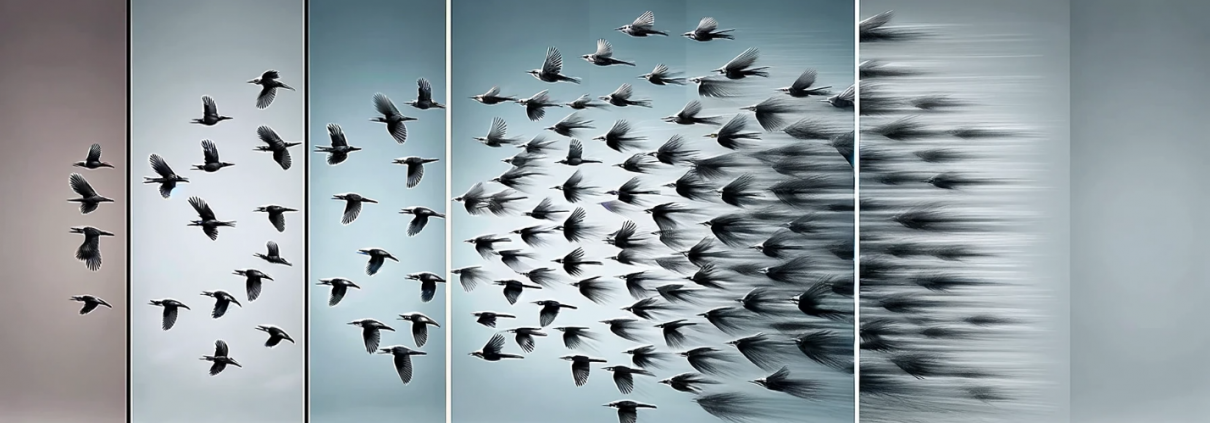


Leave a Reply
Want to join the discussion?Feel free to contribute!